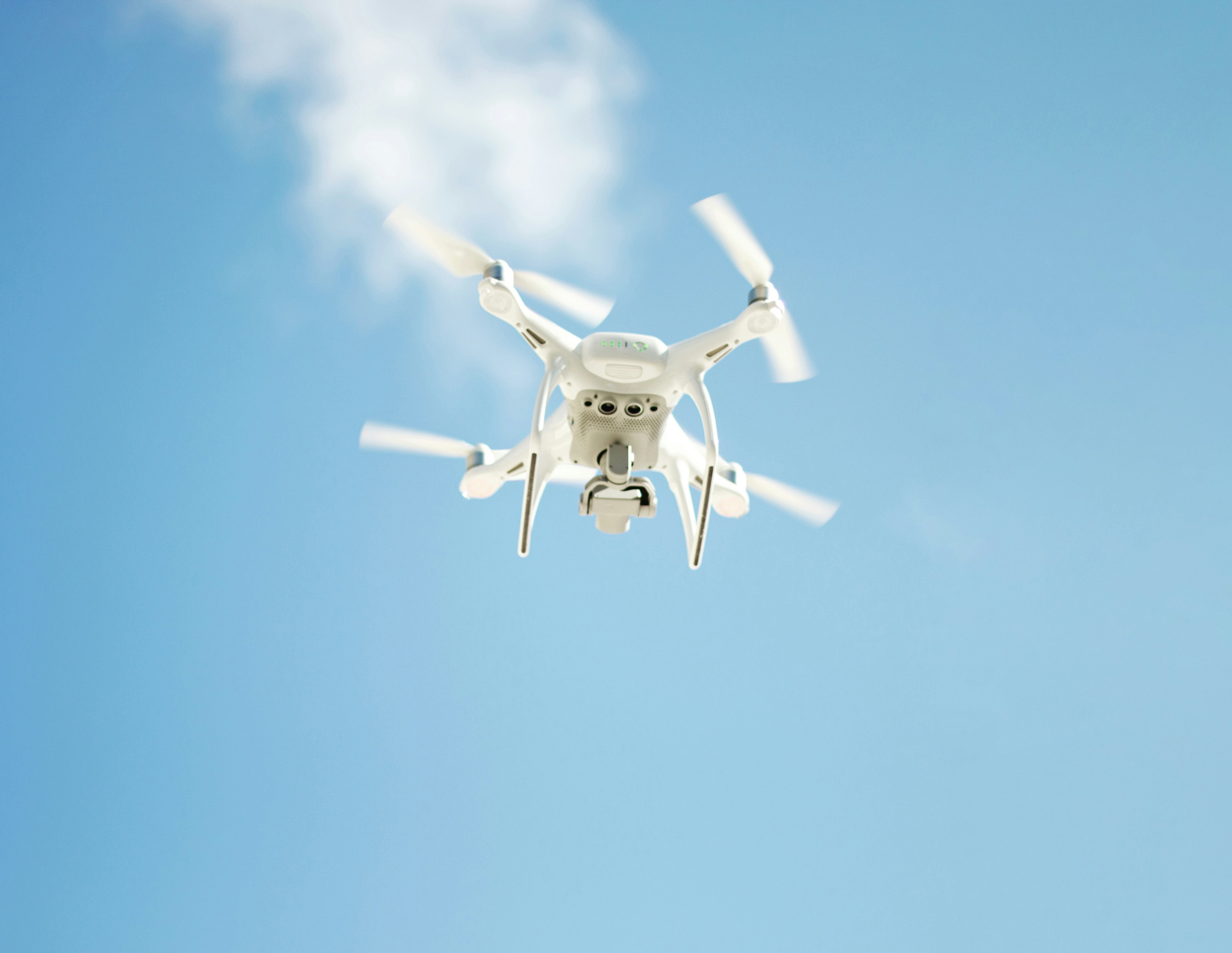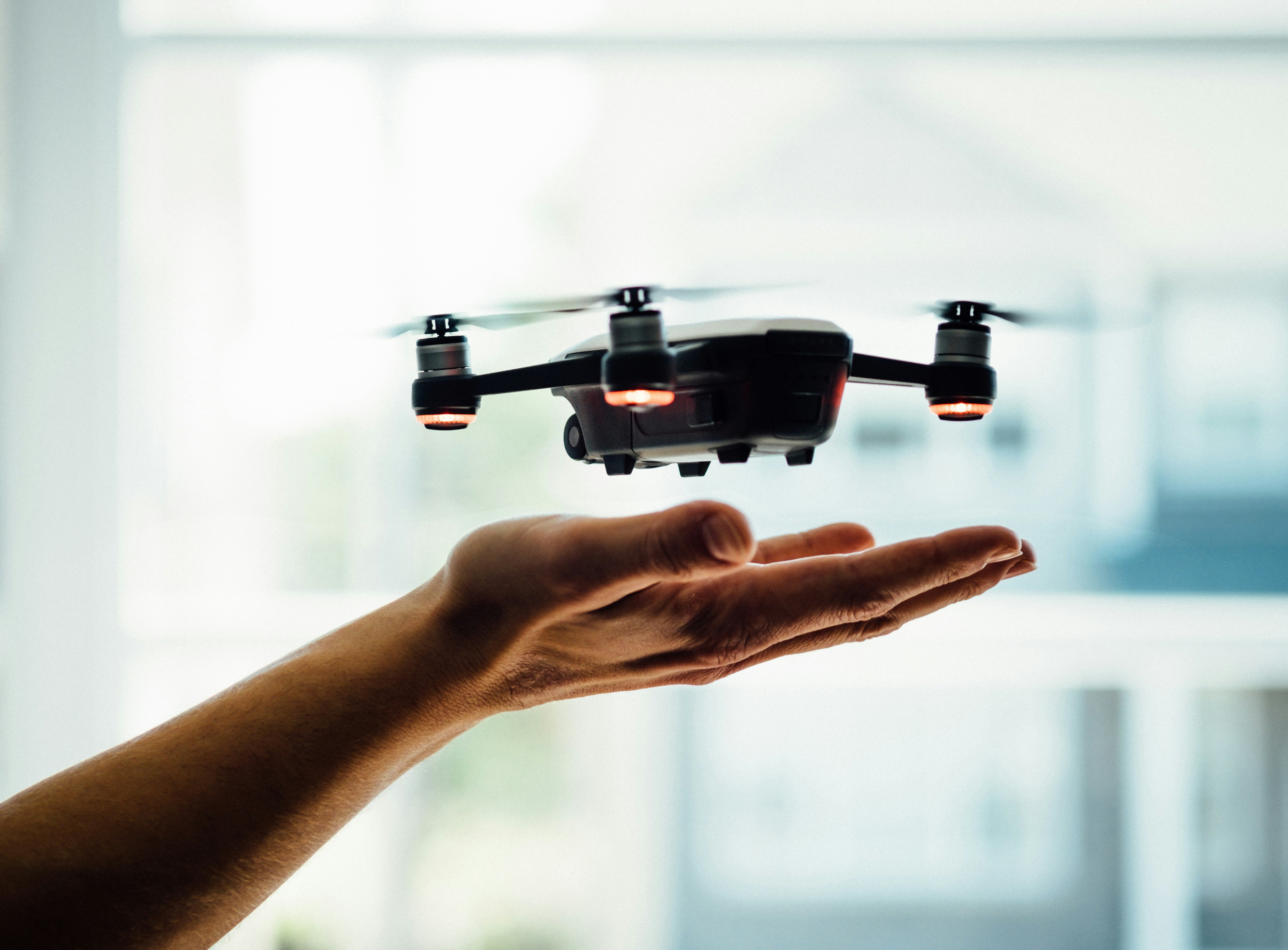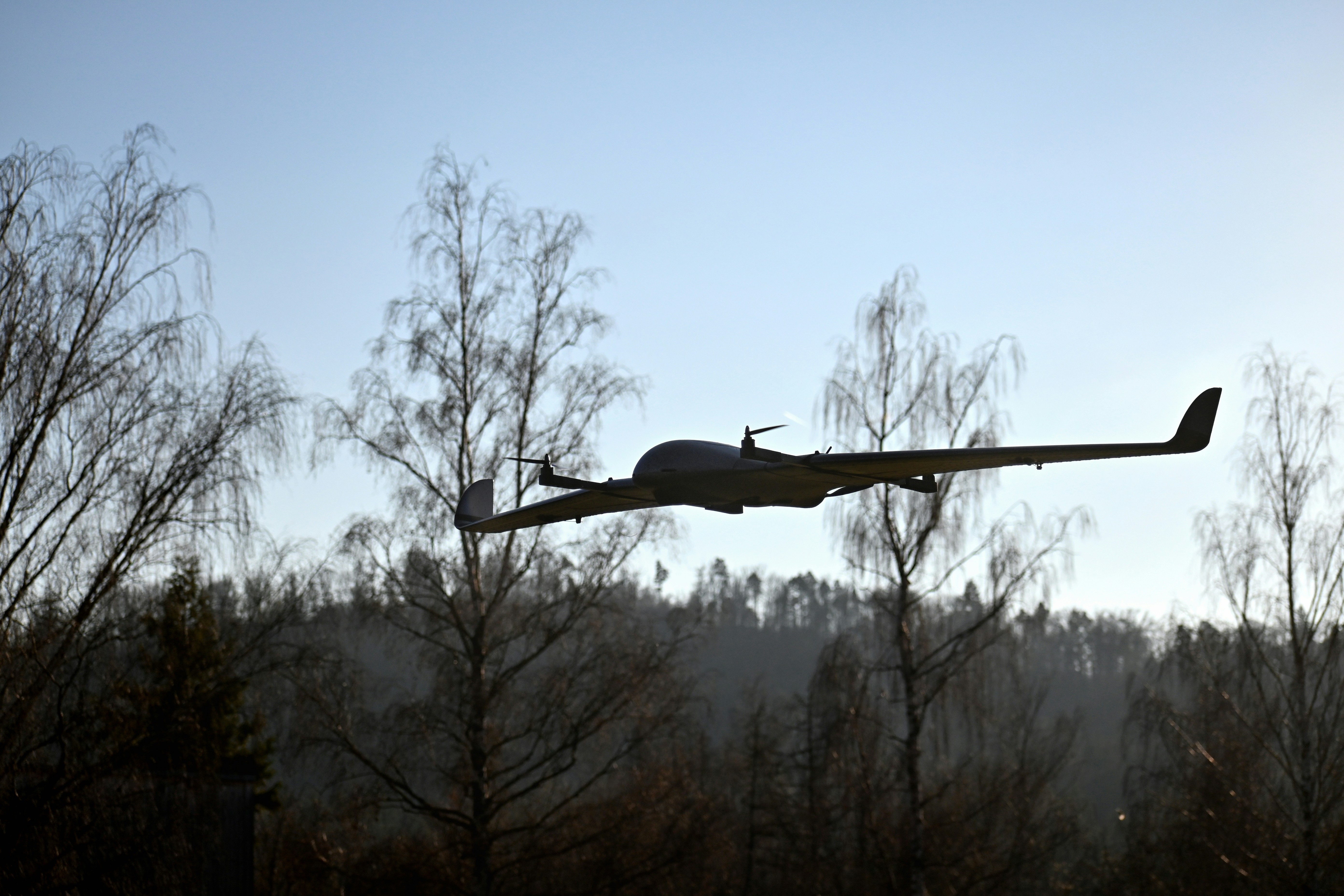
The Best Free Tools & Platforms to Practise UAV Skills in 2025/26
Unmanned Aerial Vehicles (UAVs), often referred to as drones, are no longer just hobbyist gadgets. They are now central to industries including logistics, construction, agriculture, energy, filmmaking, defence, and emergency services. The UK is seeing strong growth in UAV adoption as businesses explore cost-savings, safety improvements, and new commercial opportunities.
For job seekers aiming to work in UAV engineering, piloting, software, or research, practical experience matters. Employers want more than a basic understanding of aerodynamics or regulations. They need candidates who can build, simulate, and operate UAV systems.
The challenge? Real UAV hardware is expensive, flight testing is subject to strict regulation, and crashes are costly. But there’s good news: many free tools and platforms exist that allow you to practise UAV skills safely, effectively, and without breaking the bank.
This article explores the best free tools available in 2025 to help you practise UAV skills, build projects, and prepare for careers in the drone and UAV sector.
Why Practising UAV Skills Matters
Reading about UAVs in textbooks or watching videos can only take you so far. To really understand flight dynamics, autonomy, and data processing, you need to experiment hands-on. Free simulators and platforms allow you to do just that.
Practising UAV skills with these tools enables you to:
Experiment safely — test control logic and flight behaviours without risking expensive drones.
Understand real-world challenges — work with noisy sensor data, wind modelling, GPS drift, or communication dropouts.
Build portfolio projects — demonstrate to employers that you can design, implement, and analyse UAV missions.
Iterate quickly — develop and test software faster in simulation before moving to hardware.
Learn industry-relevant platforms — experience with PX4, ArduPilot, and AirSim translates directly into professional UAV workflows.
Employers in the UK UAV sector increasingly expect candidates to have both theoretical knowledge and applied practice. Free tools bridge that gap.
1. AirSim
AirSim is an open-source simulator for UAVs and autonomous vehicles, developed on Unreal Engine. It offers realistic physics, rich environments, and programmable APIs.
Key Features:
Physics-based simulation with configurable flight models.
Supports multi-rotor, fixed-wing, and hybrid UAVs.
Provides simulated sensors: GPS, IMU, cameras, LiDAR.
APIs in Python and C++ for algorithm development.
Why It’s Useful:AirSim allows you to practise everything from waypoint navigation to reinforcement learning. Its integration with machine learning frameworks makes it excellent for autonomy and perception projects.
2. PX4 Autopilot
PX4 is one of the most widely used open-source autopilot systems. It powers thousands of UAVs worldwide and is supported by the Dronecode Foundation.
Key Features:
Flight controller firmware for multirotors, fixed-wings, VTOLs.
Works with Gazebo, AirSim, and other simulators.
Includes QGroundControl for mission planning and visualisation.
Large open community for support.
Why It’s Useful:PX4 is industry-standard. Practising with it gives you skills directly relevant to professional UAV engineering jobs.
3. ArduPilot
ArduPilot is another mature open-source autopilot suite. It supports a wide range of vehicles, from drones to rovers and submarines.
Key Features:
Versatile support for different UAV types.
Includes advanced flight modes and safety features.
Compatible with multiple ground control stations.
Large knowledge base and community support.
Why It’s Useful:ArduPilot is widely used in research and commercial UAV applications. Experience with it is highly transferable to real projects.
4. Webots
Webots is an open-source simulator for robotics that includes UAV support.
Key Features:
Physics-based simulation for UAVs, sensors, and environments.
Integrates with ROS (Robot Operating System).
Supports perception tasks with cameras, GPS, IMU, and LiDAR.
Useful for swarm simulations and collaborative robotics.
Why It’s Useful:Webots lets you practise UAV autonomy and perception alongside other robots, which is valuable in multi-robot systems and Industry 4.0 contexts.
5. OpenDroneMap / WebODM
Not all UAV work is about flying. Data processing is equally important. OpenDroneMap (ODM) and its user-friendly interface WebODM let you convert aerial images into maps, 3D models, and point clouds.
Key Features:
Orthophoto and digital surface model generation.
Point cloud and 3D textured model output.
Open-source and extendable.
Why It’s Useful:Practising with ODM/WebODM teaches you how to process aerial survey data — a vital skill for roles in agriculture, construction, and environmental monitoring.
6. Parrot Open-Source SDKs & Sphinx Simulator
Parrot provides SDKs for programming drones, plus Sphinx, its simulator.
Key Features:
Program flight behaviours and missions.
Test code in simulation before deploying to real Parrot drones.
Integrates with ROS.
Why It’s Useful:Ideal if you want to practise mission logic, autonomy, or sensor integration with accessible drones.
7. Dronecode / MAVSDK
Dronecode supports an ecosystem of UAV tools, including MAVSDK, which provides APIs for controlling UAVs programmatically.
Key Features:
Libraries in C++, Python, and Java.
Command drones, access telemetry, plan missions.
Works with PX4 and compatible autopilots.
Why It’s Useful:Practising with MAVSDK teaches you how to interface software with UAVs — an essential skill for UAV systems developers.
8. Skybrush (Community Edition)
Skybrush is a software suite for drone show and swarm coordination.
Key Features:
Plan and manage UAV swarms.
Visualise trajectories and synchronise flight paths.
Community edition is free for small projects.
Why It’s Useful:Swarm robotics is an exciting emerging field. Practising with Skybrush lets you explore formation flying and coordinated UAV missions.
9. Real Drone Simulator
Real Drone Simulator provides a realistic training environment for UAV flight.
Key Features:
Physics-based drone flight models.
Indoor and outdoor flight environments.
Free for personal use.
Why It’s Useful:It’s an excellent tool for practising manual piloting skills in a safe environment, especially if you’re preparing for the UK’s drone pilot qualifications.
Other Useful Tools
QGroundControl: Free ground control software for PX4 and ArduPilot.
Mission Planner: Widely used free tool for ArduPilot missions.
ROS (Robot Operating System): For UAV autonomy, perception, and control integration.
Project Ideas for UAV Portfolios
To stand out to employers, you need portfolio projects. Here are some project ideas using the tools above:
Autonomous Waypoint Mission: Use PX4 with Gazebo or AirSim to simulate a UAV following GPS waypoints, including obstacle avoidance.
Aerial Mapping Project: Use OpenDroneMap to process a dataset into an orthomosaic and 3D model. Document accuracy and challenges.
Swarm Simulation: Use Skybrush to simulate three or more drones flying in formation.
Sensor Fusion: In AirSim, combine IMU and GPS data to improve localisation under noisy conditions.
Agricultural Survey Simulation: Simulate a UAV surveying a field, then process images with WebODM to detect crop health variations.
Autonomy Experiment: Build a Python script with MAVSDK to command a drone to search and identify objects in simulation.
Document results in GitHub repositories or personal blogs. Screenshots, flight logs, and code samples strengthen your applications.
Communities & Learning Resources
The UAV community is highly collaborative. Free resources include:
PX4 and ArduPilot forums: For troubleshooting and discussions.
GitHub repositories: Explore projects, contribute fixes, or add features.
YouTube tutorials: Free lessons on AirSim, PX4, ROS, and ODM.
MOOCs: Some universities offer free UAV-related modules in aerodynamics, autonomy, or control systems.
UK drone societies and meetups: Networking opportunities with hobbyists and professionals.
Roadmap for Learning UAV Skills
Beginner Stage
Practise manual piloting in Real Drone Simulator.
Learn UAV regulations in the UK.
Intermediate Stage
Use AirSim or Webots to practise autonomy and perception.
Experiment with PX4 or ArduPilot in simulation.
Start using QGroundControl for mission planning.
Advanced Stage
Develop custom software with MAVSDK.
Explore swarm robotics with Skybrush.
Process aerial survey data with OpenDroneMap.
Portfolio Building
Document projects with videos, screenshots, and code.
Share results on GitHub or LinkedIn.
Final Thoughts
The UAV industry is growing rapidly, and the UK is part of that transformation. Whether in agriculture, logistics, film, or public safety, drones are becoming indispensable.
Employers in UAV roles want candidates who can demonstrate practical skills in flight, autonomy, perception, and data analysis. Thanks to tools like AirSim, PX4, ArduPilot, Webots, OpenDroneMap, and MAVSDK, you can gain those skills for free.
Start small — simulate flights, process datasets — then build more advanced projects like autonomy or swarms. Document your work and share it publicly. By doing so, you’ll show employers you have the initiative and skills to succeed in this exciting field.


